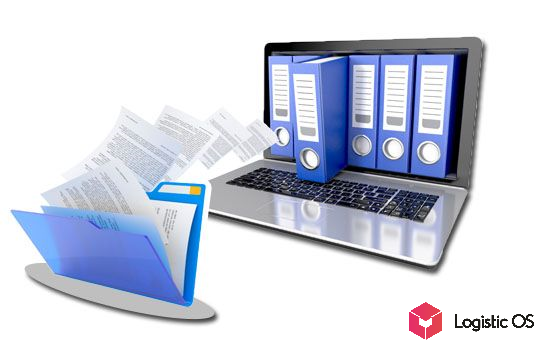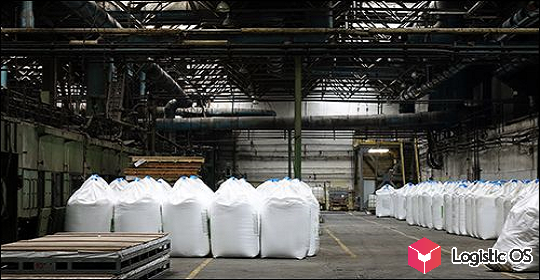The Eurasian Economic Union has decided to completely abandon paper-based document flow in seaports and go to electronic.
The EAEU includes 5 states:
— The Russian Federation
— The Republic of Belarus
— The Republic of Kazakhstan
— the Republic of Belarus
— Kyrgyz Republic.
On February 5, the Eurasian Intergovernmental Council, which includes representatives of all the listed countries, decided to completely transfer the document flow in all ports to «electronic rails».
The first stage of EDM implementation should be completed in 2021-2022. It is planned that during this period of time, the use of paper documents in the seaports of the EAEU member states will completely become a thing of the past.
The result of such a reform can be saving not only paper, but also time. And it, as you know, is money, especially considering that the lion’s share of coal, oil, grain and other goods goes through seaports for export from the EAEU countries. The innovation will have to speed up the passage through the checkpoints of each individual consignment, resolve issues with red tape and queues.
Currently, there are about 375 ports in the EAEU countries, of which 60 are sea ports. So the result of the transition to EDM should be noticeable even on a global scale.

How will the new port bandwidth system work?
The electronic system did not start working there yesterday, but several years ago. In particular, more than 100 thousand ship cases passed through the Russian portal «Sea Port» for the period from January to August 2020, and this is twice as much as a year ago.
In total, more than 13 thousand participants are registered on the portal. It works on the principle of a «single window», when all the exchange of information between participants in the turnover and regulatory authorities is carried out in the same system.
This has many advantages: in particular, the same information does not need to be entered and duplicated many times. In addition, it becomes possible to track each cargo through an electronic system — and this is a very convenient and economical alternative to searching for it on the ship or in the port, to arrange «searches», checks and audits, which greatly delay the process.
It is assumed that the total transition of seaports to EDM will help speed up the transportation of both cargo and passengers and baggage. Moreover, the positive fruits of new technologies can be seen in the near future.

